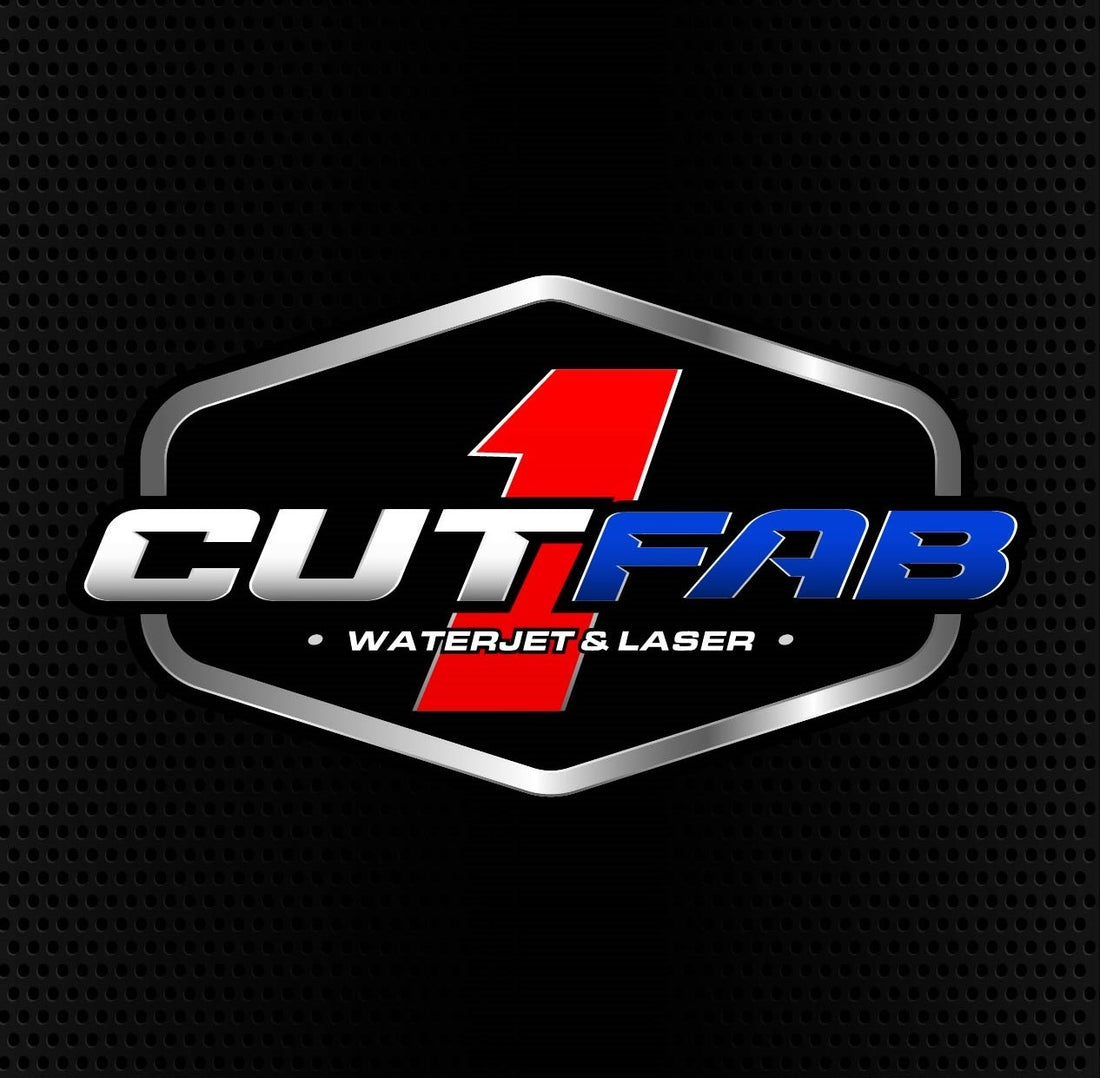
The Pros and Cons of Laser vs Waterjet Cutting
What is Laser Cutting?
Laser cutting is a precise and efficient method of cutting materials using a laser beam. It is commonly used in industrial manufacturing processes to cut various materials such as metal, plastic, wood, and fabric. The laser beam melts, burns, or vaporizes the material, resulting in a clean and accurate cut.
What are the Pros of Laser Cutting?
Laser cutting offers several advantages over other cutting methods:
- Precision: Laser cutting provides high precision and accuracy, allowing for intricate and detailed cuts.
- Speed: The laser beam can cut through materials quickly, resulting in faster production times.
- Versatility: Laser cutting can be used on a wide range of materials, making it a versatile cutting method.
- Minimal Material Waste: The narrow laser beam minimizes material waste, making it a cost-effective option.
What are the Cons of Laser Cutting?
Despite its advantages, laser cutting also has some limitations:
- Material Limitations: Laser cutting is not suitable for all materials. Some materials, such as reflective metals, can be difficult to cut with a laser.
- Heat Affected Zone: Laser cutting generates heat, which can result in a heat affected zone (HAZ) around the cut edges. This may affect the material properties.
- Initial Investment: Setting up a laser cutting system can be expensive, especially for small businesses or individuals.
What is Waterjet Cutting?
Waterjet cutting is a method of cutting materials using a high-pressure jet of water mixed with an abrasive substance. The waterjet can cut through a wide range of materials, including metal, stone, glass, and composites. It is a versatile cutting method that offers various benefits.
What are the Pros of Waterjet Cutting?
Waterjet cutting has several advantages:
- Versatility: Waterjet cutting can be used on a wide range of materials, including heat-sensitive materials.
- No Heat Affected Zone: Unlike laser cutting, waterjet cutting does not generate heat, eliminating the risk of a heat affected zone.
- Precision: Waterjet cutting provides high precision and accuracy, allowing for complex shapes and designs.
- No Material Limitations: Waterjet cutting can cut through almost any material, including reflective metals and brittle materials.
What are the Cons of Waterjet Cutting?
Despite its advantages, waterjet cutting also has some limitations:
- Slower Speed: Waterjet cutting is generally slower compared to laser cutting, which can affect production times.
- Water Disposal: The process generates wastewater that needs proper disposal, which can be an additional cost.
- Equipment Maintenance: Waterjet cutting machines require regular maintenance to ensure optimal performance.
Why Choose "Waterjet & Laser Cutting"?
When it comes to choosing between laser cutting and waterjet cutting, it ultimately depends on the specific requirements of the project. Both methods have their pros and cons, and the decision should be based on factors such as material type, desired precision, and production speed.
1CUTFAB is the ideal choice for your cutting needs with our state-of-the-art equipment and expertise in both laser and waterjet cutting, we can provide the best of both worlds.
Experience the perfect blend of precision and versatility with "Waterjet & Laser Cutting" and take your cutting projects to the next level!
